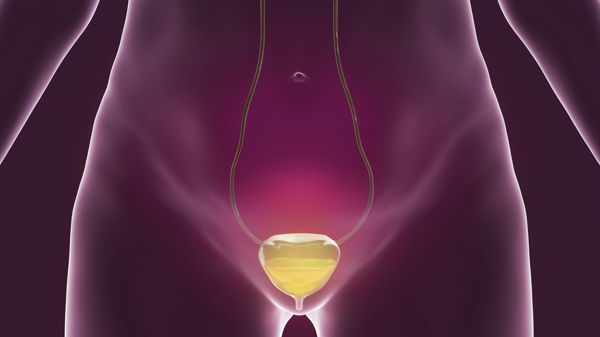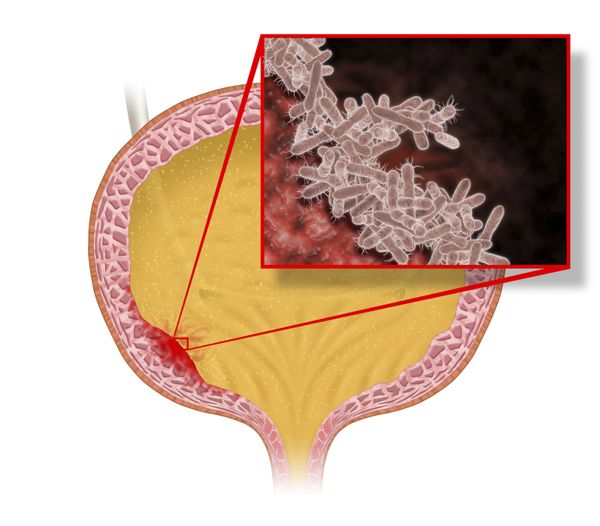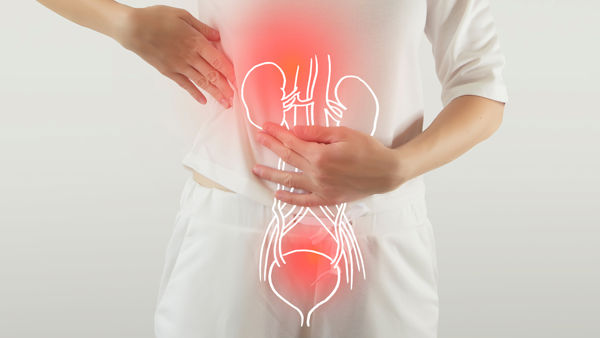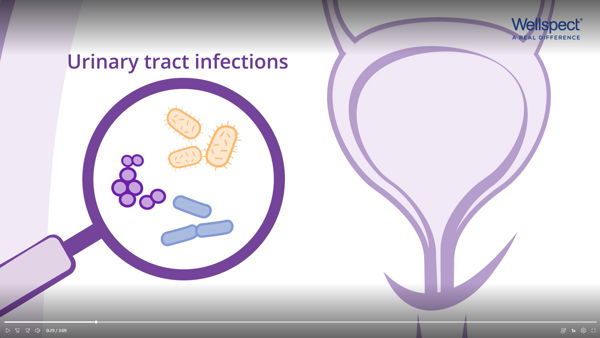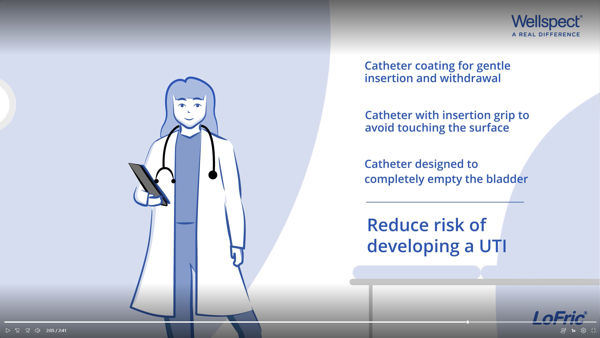Course Theme: Bladder Urinary Tract Infections
This course is designed to give you a greater understanding of the troublesome issue of Urinary tract infections. You will learn and hear about the common causes, symptoms, stages of UTI development, new research considerations for urinary health and disease through to best bladder management for UTI prevention It will take around 1 and half hours to read and listen to the webinar.


